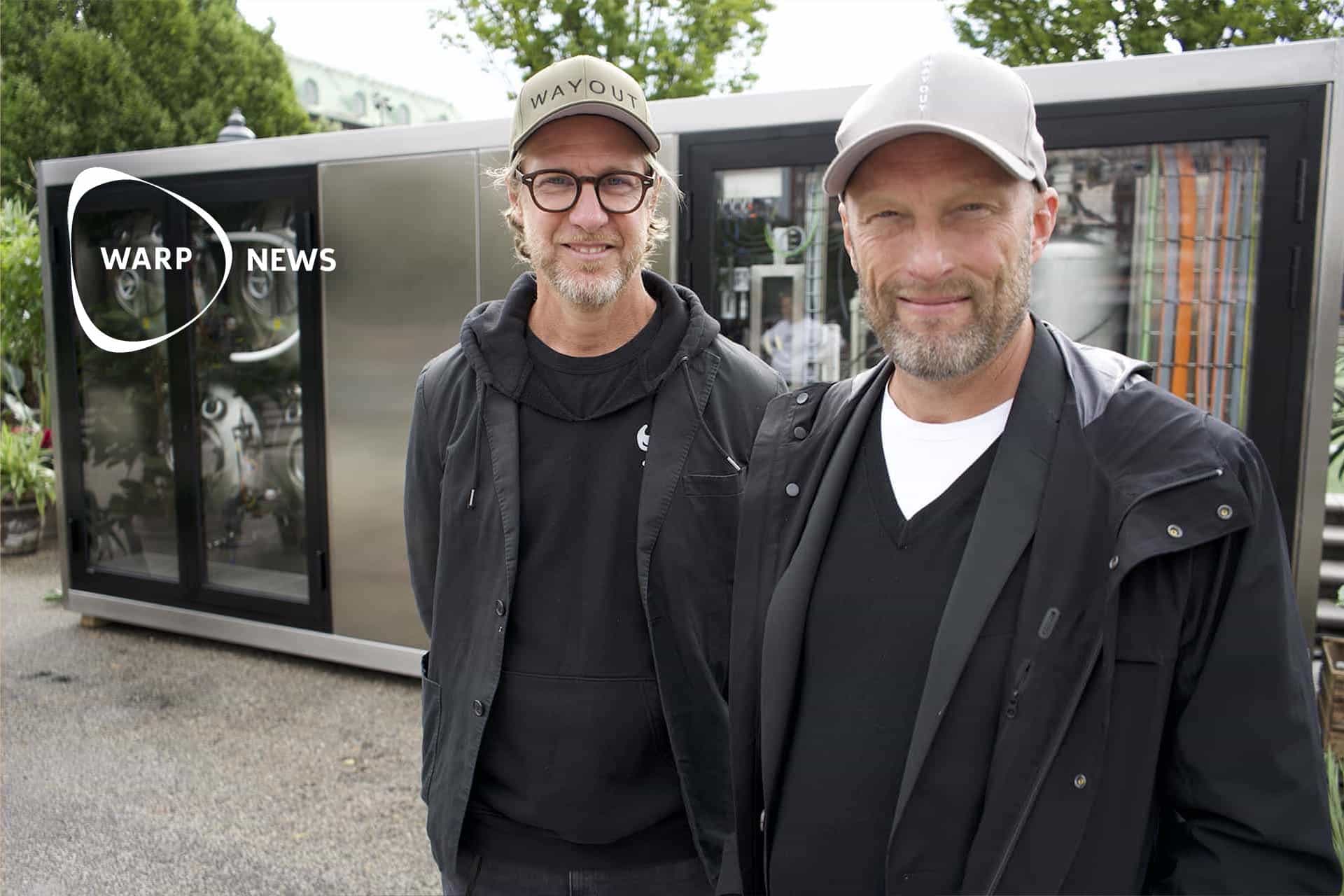
♻ Water purification process creates desirable bi-products
Two things the world needs more of are drinking water and batteries. Stanford engineers have refined a process that could give us both.
Share this story!
In arid regions of the world, pure drinking water is in an ever shorter supply. Simultaneously, the green transformation of our society is largely dependent on the ability to electrify that which is currently fossil. Which in turn is reliant on substances that are in short supply.
Engineers at the University of Stanford have conducted a study that paves the way for purifying polluted water in a way that makes it drinkable and that gives an economically valuable bi-product: sulfur.
“We are always looking for ways to close the loop on chemical manufacturing processes(...) Sulfur is a key elemental cycle with room for improvements in efficiently converting sulfur pollutants into products like fertilizer and battery components”, says Will Tarpeh, senior author of the study and assistant professor of chemical engineering.
An energy-efficient way to purify water is to use membranes in anaerobic, oxygen-free, environments. The issue is that such processes result in a waste product: sulfide. Sulfide in turn not only smells bad, but can be toxic and corrosive as well. This is the issue that the study has set out to combat.
A widely desirable outcome is to convert this sulfide into actually desirable chemicals, useful for the production of, for example, fertilizer and batteries. But until now, the mechanics of doing so efficiently haven't been well understood.
The method that the research team set out to pursue was electrochemical sulfur oxidation. The advantage of said method is that it's energy-efficient and permits fine-tuning of the end product. If proven effective, this method could treat the wastewater of buildings or even cities. Using electrochemical microscopy, researchers were able to analyze the efficiency of the process under different parameter permutations.
More research is required to achieve a commercially viable option. Still, the university does have a pilot-scale treatment plane on its campus, and that will likely play a key role in making the method market-ready.

By becoming a premium supporter, you help in the creation and sharing of fact-based optimistic news all over the world.



